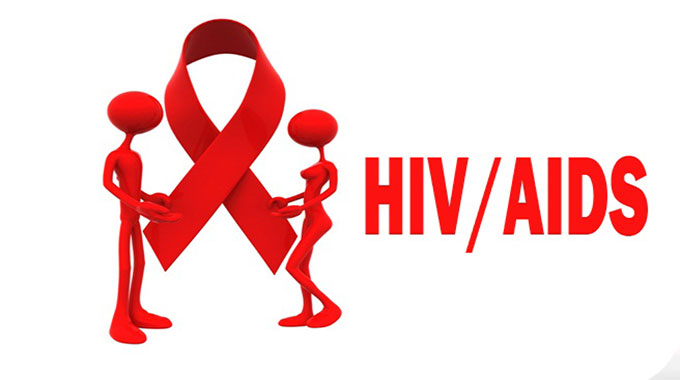Letters to the Editor: How to achieve the ‘fourth 90’ for HIV

Amy Flood
Continued advances in science and treatment access have made HIV a long-term yet manageable chronic disease for more people than ever before.
Since 2014, the world has been working towards the 90-90-90 targets established by UNAids.
These targets envision 90 percent of people living with HIV will know their HIV status by 2020, 90 percent of people who know their HIV-positive status will be on treatment, and 90 percent of people on treatment will have a suppressed viral load.
These ambitious goals have led to record gains: 75 percent of all people living with HIV now know their HIV status; of the people who know their status, 79 percent were accessing treatment in 2017, and of the people accessing treatment, 81 percent had suppressed viral loads.
However, there is a growing belief that 90-90-90 stops short of optimising care for people living with HIV. To truly meet the full needs of people living with HIV, we also must pursue a fourth “90”, where 90% of people living with HIV also have a good health-related quality of life.
Life with HIV presents unique challenges: individuals with HIV age 5-14 years faster than people without HIV, which may translate into earlier onset of some chronic conditions. Additionally, age, HIV, and antiretroviral treatment raise the risk of cardiovascular, kidney, and liver disease, as well as bone loss and certain cancers.
Along with these medical concerns, individuals living with HIV often continue to face many of the same challenges that made them vulnerable to HIV in the first place, including limited health literacy, lack of access to care, stigma related to their sexual identity, and chemical dependency.
These factors are further compounded for those living in countries where health systems are fractured, and stigma and discrimination are often prevalent and accepted.
That’s why the fourth “90” holds so much potential for those living with HIV. It reaches beyond the goal of viral suppression to encompass HIV-related health challenges and factors that affect quality of life, such as mental well-being and experiences of HIV-related discrimination.
Efforts already underway around the world demonstrate how focusing on quality of life can achieve major gains for people living with HIV. For example, India has a national initiative called Vihaan that goes beyond HIV treatment access by integrating programs that reduce stigma and discrimination and improve quality of life.
A major piece of their successful model centres on an innovative, tablet-based tool that helps facilitate case management, track quality of life-related metrics, and link clients to additional health and non-health services. To date, Vihaan has linked nearly 600 000 people living with HIV to social programs such as nutritional or pension schemes and facilitated reporting of more than 6 000 cases of family — and health service-related discrimination.
Similarly, in London, an innovative, government-run clinic called 56 Dean Street integrates a wide range of services — HIV treatment, mental health, and substance use counselling and treatment — in one location to simplify access to care and address the holistic needs of the community it reaches.
Pharmaceutical companies including Gilead Sciences, where I work, can play an important role in accelerating progress towards the fourth 90.
For example, we recently established the Gilead Asia Pacific Rainbow Grant to fund innovative projects that place individuals and their communities at the heart of HIV care.
An estimated 5.9 million people are living with HIV in the Asia Pacific region, with the scale of the epidemic and local response varying greatly from country to country. Fewer than half of young people in most countries in the region have comprehensive knowledge of HIV due to stigma and discrimination.
The Asia Pacific Rainbow Grant aims to drive progress towards the fourth 90 by helping those affected by HIV achieve healthy and enriching lives. These programmes include holistic health care projects, research that embodies people-centric care, and efforts to address discriminatory policies, unjust workplace practices, and social stigma.
The story of HIV is one of overcoming overwhelming odds time and again. The fourth 90 is in reach, but only if we collectively pool our resources and willpower.
In practice, this means factoring health-related quality of life into national and local plans for ending HIV.
For companies like Gilead, it’s supporting initiatives that encourage physical and mental health, celebrating diversity, and putting a stop to discrimination and stigma in the workplace. On a smaller scale, it’s every health care provider going beyond the viral load and asking questions about overall health and well-being when treating individuals living with HIV.
We all have a role to play in helping people with HIV live well, recognizing that HIV is a part of their lives among many other facets that contribute to their total health and well-being. — Dexex
These targets envision 90 percent of people living with HIV will know their HIV status by 2020, 90 percent of people who know their HIV-positive status will be on treatment, and 90 percent of people on treatment will have a suppressed viral load












Comments